Is it time to invest in 3D printing?

Is it time to add a 3D printer to your repertoire of in-house tools? Here are some points to consider.
Start with the end in mind
Start your analysis by asking “What do you plan on using the printer for?” Dental models? Surgical guides? Clear aligners? Dentures? Avoid buying a 3D printer that can’t do what you need. Defining your needs upfront is the best way to know whether any given printer on the market is a good fit for you.
Need for training
Investing in the printer itself is just the beginning. You must also be willing to invest in training and provide staff plenty of opportunities to get comfortable using the equipment. Set realistic goals and give your team a chance to learn how to produce dental parts one piece at a time.
Generating ROI
When looking at your return on investment, be sure to consider both your short-term and long-term outlook. Be realistic about what you will be able to produce initially and run your numbers using these parts to approximate the immediate impact.
Things to look for in a printer
- Speed: Make sure your printer can keep up with your production needs, without overpaying for the speed you don’t need.
- Ease of use: Not every 3D printer has the same learning curve. Do your due diligence by watching online videos, talking to colleagues, and speaking to vendors at trade shows.
- Proprietary versus open system: Some 3D printers require that all materials be purchased from a single manufacturer. While a proprietary arrangement can sometimes lead to excellent discounts, an open system that is compatible with third-party materials will be more versatile.
- Size: Consider how much room the printer will take up in your practice and balance your production needs with available space.
Ask for a custom sample
It’s important to make the final decision on a printer by looking at the quality of the dental parts the machine produces. 3D printing precision is based on a range of factors, including the quality of the 3D printer, printing technology, materials, software settings, post-processing, and the overall calibration of the system. It’s a good practice to ask vendors for a free sample part before purchasing. Ideally, you should request a custom sample of your own design to compare the fit, measurements and quality against the original.






